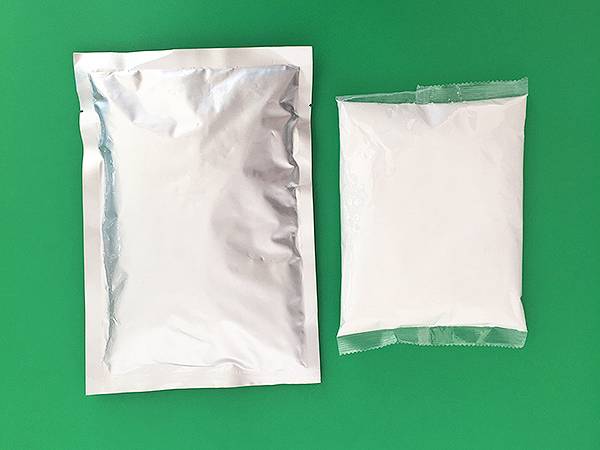



Understanding the Properties and Uses of Caustic Soda in Various Industries
Understanding Caustic Soda The Essential Chemical Compound
Caustic soda, chemically known as sodium hydroxide (NaOH), is a highly versatile and widely used chemical compound with a variety of applications across numerous industries. Its unique properties—most notably its strong alkaline nature—make it invaluable in both industrial and household applications. With a CAS (Chemical Abstracts Service) number of 1310-73-2, caustic soda is recognized globally and plays a crucial role in chemical manufacturing, water treatment, and food processing.
Properties and Characteristics
Sodium hydroxide is a white, solid compound that is hygroscopic, meaning it readily absorbs moisture from the air. It is highly soluble in water, producing a strong alkaline solution that can have a pH of around 14. This characteristic makes it an effective agent for neutralizing acids and breaking down organic materials. Caustic soda is typically encountered in two forms flakes and pellets, each suitable for various applications due to their distinct handling and solubility characteristics.
Industrial Applications
One of the primary uses of caustic soda is in the production of soap and detergents. It acts as a saponifying agent, reacting with fats and oils to produce soap through a chemical process known as saponification. Additionally, caustic soda plays a vital role in the paper and pulp industry, where it is used in the pulping process and to bleach the paper.
In the chemical industry, sodium hydroxide is a building block for the synthesis of various chemicals, including solvents, plasticizers, and dyes. It is also used to produce sodium carbonate (soda ash), which is prevalent in glass manufacturing. The textile industry utilizes caustic soda for dyeing and processing fabrics, enhancing color retention and quality.
Moreover, caustic soda is crucial in the petroleum industry, where it helps extract heavy metals from crude oil and serves as a catalyst in refining processes. It is also employed in wastewater treatment facilities to neutralize acidic waste and maintain the pH balance of water.
caustic soda cas no

Household Uses
Beyond its industrial applications, caustic soda is also found in many household cleaning products. Its strong alkaline properties make it effective in breaking down grease, unclogging drains, and removing tough stains. Many drain cleaners contain sodium hydroxide due to its ability to dissolve organic material, such as hair and food particles, which often clog plumbing systems.
However, while caustic soda is an effective cleaning agent, it must be handled with care. It is a highly corrosive substance and can cause severe chemical burns upon contact with skin or eyes. Therefore, it is crucial to use protective gear, such as gloves and goggles, when handling products containing sodium hydroxide.
Environmental and Safety Considerations
The use of caustic soda carries certain environmental concerns. Its discharge into waterways can lead to ecological imbalances, affecting aquatic life due to changes in pH levels. Therefore, industries using sodium hydroxide are required to implement stringent waste management practices to mitigate its environmental impact.
Safety measures and regulations surrounding the handling and storage of caustic soda are enforced by various governmental and environmental agencies. Proper training and awareness are essential to prevent accidents and ensure safe usage in both industrial and household environments.
Conclusion
Caustic soda is an indispensable chemical that underpins many industrial processes and household cleaning tasks. Its versatility and efficiency make it a staple across numerous sectors, from soap manufacturing to wastewater treatment. By understanding the properties, applications, and safety considerations associated with sodium hydroxide, we can utilize this powerful compound effectively while minimizing risks to health and the environment. As industries continue to evolve, the role of caustic soda is likely to expand, making it a crucial component of modern chemical processes.
-
Why Sodium Persulfate Is Everywhere NowNewsJul.07,2025
-
Why Polyacrylamide Is in High DemandNewsJul.07,2025
-
Understanding Paint Chemicals and Their ApplicationsNewsJul.07,2025
-
Smart Use Of Mining ChemicalsNewsJul.07,2025
-
Practical Uses of Potassium MonopersulfateNewsJul.07,2025
-
Agrochemicals In Real FarmingNewsJul.07,2025
-
Sodium Chlorite Hot UsesNewsJul.01,2025










